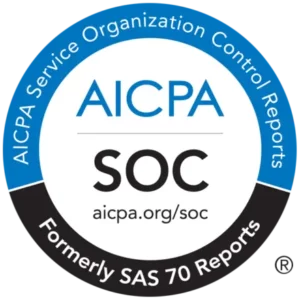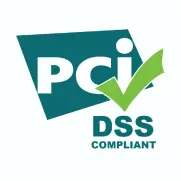Have you had a writing assignment ask for you to prioritize primary sources? But what is a primary source, anyway?
Whether for a class or for a work project, understanding how to properly identify, find, vet, analyze, and utilize a primary source document can mean the difference between a unique point of view and the rehashing of someone else’s analysis.
So to help you in your quest for truth and originality, we have created this guide. We’ll examine the definition of a primary source and then look at some of the types of primary source documents that you might encounter while researching and writing.
Definition of a Primary Source
A primary source is a document of some kind that was created at the historical time and in the general geographical place as an event being studied.
NYU explains that “Primary sources enable the researcher to get as close as possible to the truth of what actually happened during an historical event or time period.”
Because of the proximity of the creator of the primary source to the event, the place, or the people discussed within the document, these are considered to be both valuable and authoritative sources for academic research, particularly by historians.

Examples of a Primary Source
As you can see from the definition, there are many possible types of primary source documents. Potential primary sources include:
- Eyewitness accounts
- Diaries
- Oral histories
- Legal documents
- Statistical data
- Results of scientific experiments (as explained by the scientist who ran the experiment)
- Works of art
Remember that a primary source is, as the University of Louisville puts it, “an original object or document – the raw material or first-hand information, source material that is closest to what is being studied.“
It is important to note that primary sources do not necessarily have to be printed on paper or available in hard copy. If you are researching the Arab Spring movement in Egypt in 2010 and 2011, a blog written by those who were in Cairo would be a primary source. Similarly, many archival primary sources have been digitized and are available online. Online delivery does not diminish their value as primary source documents.
Primary Sources vs. Secondary Sources
Often, primary sources are discussed in relation to secondary sources. While both primary and secondary sources have great potential value in academic research, it’s important to be able to distinguish between them.
While a primary source document was generated at the time of an event, a secondary source is often generated after the event took place. Much of the time secondary sources discuss, evaluate, and comment upon primary sources.
The University of Louisville provides a handy comparison of primary and secondary sources. They explain that US Census data is a primary source, but a journal article analyzing that census data is a secondary source.
Benefits of Using Primary Sources
For researchers, it’s hard to get a more authoritative unit of analysis than a primary source. EBSCO says “Primary sources provide a window into the past — unfiltered access to the record of social, scientific, and political thought and achievement during a past time period, produced by people who lived during that time.“
If original thought and unique research are the goal of an assignment or project, primary sources present huge opportunities for researchers to analyze, unpack, or interpret data of all kinds. Within primary sources, that interpretive work has been done by another writer.
Challenges of Using Primary Sources
But with these benefits come a number of unique challenges that researchers will want to be prepared for.
Primary Sources Can be Hard to Find and Access
It can sometimes be tricky to find primary sources to use for research. Even the largest university libraries have budgetary and space limitations that make buying and housing rare documents a challenge. Depending on the topic you are researching, you may find it hard to locate the primary sources you need. Seasoned academics often spend months researching in special collections and archives.
Even if you can find your primary source, it may be difficult to gain access to them. Some libraries or archives restrict public access, and a researcher will need to demonstrate their credentials to get to the documents.
Digital archives have helped to solve some of these challenges, but access is still a big concern when it comes to certain government records, scientific data, or rare documents.
Primary Sources Can be Faked
Believe it or not, some primary source documents have been faked. An article from the University of Oregon notes “Some scholars have estimated that as many as 50% of all documents from the Carolingian period were forged. In addition to these overt cases of intentional deception, medieval people also struggled with the ideas of authorship, authority, and legitimacy regarding many key elements of medieval culture. Theological writing, personal letters, religious objects, and narrative chronicles all posed issues of truth and falsehood for medieval people.”
What this sometimes means is that your primary source may not be a source at all. William Henry Ireland’s “lost play by Shakespeare” turned out to be a new play by William Henry Ireland himself, written over 150 years after Shakespeare died.
Primary Sources Require Analysis
No primary source will tell you everything you need to know. They are often pieces to a larger puzzle. Unlike secondary sources, as a researcher, you will need to provide the thoughtful and astute analysis of your primary source yourself.
You will need to understand the subject position of the creator of the document and work to understand their worldview. You will need to situate the document against the rest of the historical record and determine if it has value and merit. You will also need to take steps to ensure that the document you are analyzing is original.
Fortunately, online tools, like Copyleaks’ Plagiarism Checker can help you to scour the internet to see where your source has been used. They can also help you avoid accidental plagiarism, by identifying similar interpretations that may have informed your own. In short, Copyleaks Plagiarism Checker can help you create the original and authoritative research you desire.

